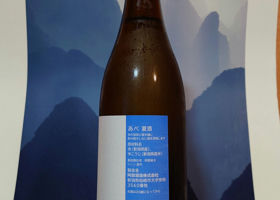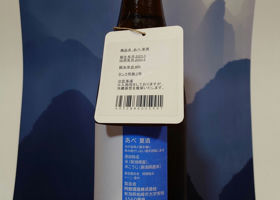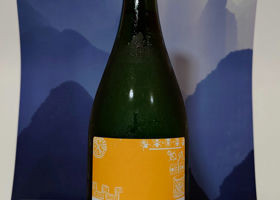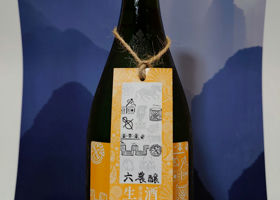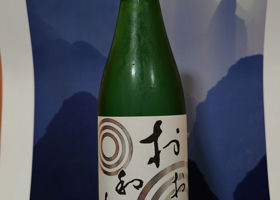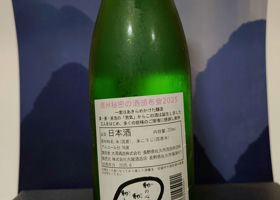

YSTJ
Nichinichi Improvement Communication.
This series is brewed using rice produced in Akita Prefecture, which was given to Mr. Hidehiko Matsumoto by Shinmasa, a company that took care of him when he was training as a samurai. This one is brewed with Koukou-Shinko rice.
Kaijoshinko is a secondary selection of Takananishiki rice, and is said to be descended from the Kame-no-o lineage.
The elegant aroma of melon and banana is refreshingly gassy on the palate.
The soft mouthfeel, mild sweetness, and the firm spread of umami taste are the result of the Kame-no-o lineage. The acidity in the aftertaste tightens the impression and adds color to the lingering aftertaste.
We are suddenly looking forward to the Kame-no-o version to be released at the end of this week!
Japanese>English




